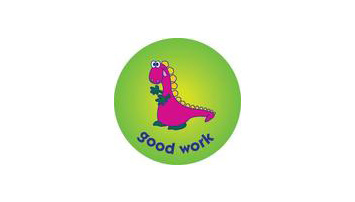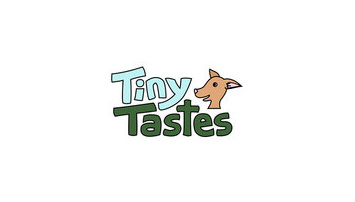Everyone knows Eric Carle’s story of the “very hungry caterpillar.” He wakes up, begins to eat everything in his path, without complaining, until he decides he’s ready for a nap, curls up in his cocoon, and then transforms into a beautiful butterfly. This ideal eat/sleep/wake scenario embodies every parent’s wish! […]
More than a picky eater: How to Really Know
The struggles of a parent during mealtime with a picky eater can range from bad to worse. It often begins with the ever-present protest of “No!” then ends with screaming, tantrums and food flying across the room. The question remains: is the food refusal normal of a picky eater or […]
Using reward charts to promote healthy eating
Does your child love receiving high fives, tickles, hugs, or stickers for doing a great job? Positive reinforcement is a great way to motivate kids and make them feel good for working hard and accomplishing a goal. Wouldn’t it be great if your toddler requested more carrots at dinner? This […]
Getting Kids Involved in Mealtime
On many TV shows we see the mom in the kitchen alone cooking dinner for her family. When she is all done she yells “Dinner!” and her family comes running. Typically, she will get the question “Mom, what’s for dinner?” However, getting kids interested in the preparing and cooking of […]
Follow all of Table Blues’ social media sites!
Facebook Twitter Pinterest Linkedin Youtube Thank you for all of your support!
Edible Play Dough
A fun weekend craft the whole family can enjoy! This serves as a great protein snack (for our friends without a nut allergy). What you will need: 1 cup creamy peanut butter 3 tablespoons honey 3/4 cup of nonfat powdered milk or powdered sugar mixing bowl Directions: 1. cup creamy […]
Skip the Take Out
Today we welcomed May with open arms, warmer temperatures, and thoughts of the weekend on our mind. Weekend dinner planning can be difficult, and it is often too easy to order take out. This weekend, I challenge you to try a better option that will even get the kids involved. […]
Technology and the Picky Eater
Recently I discovered Tiny Tastes, an amazing app ($1.99 on the app store). It’s a very colorful and animated app, and tells the story of a kangaroo named Tiny who ventures out of her house for the first time. During the story, the user helps Tiny meet new friends and […]





